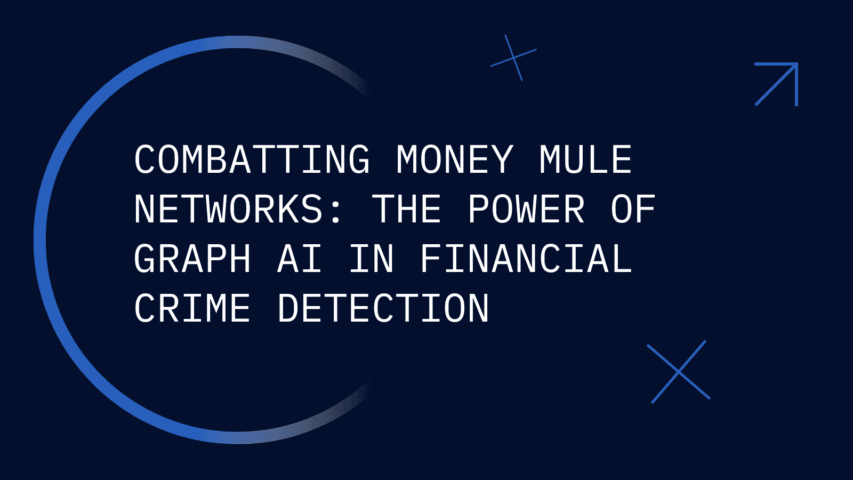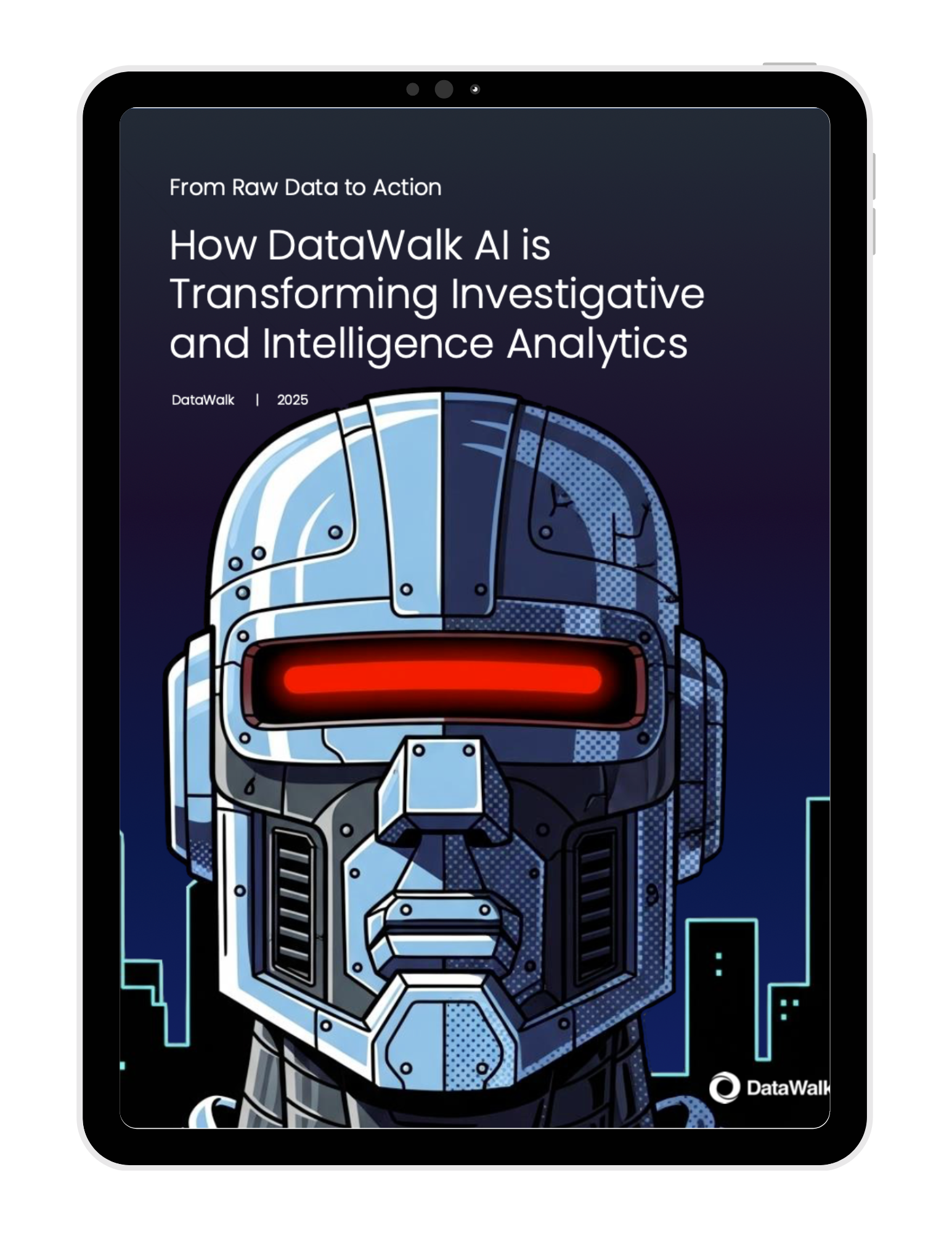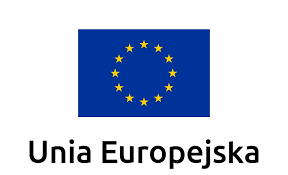
Combatting Money Mule Networks: The Power of Graph AI in Financial Crime Detection
Money mule networks are the hidden engine of modern financial crime, allowing criminals to launder funds with alarming speed. Traditional banking defenses, which analyze transactions in isolation, are failing to keep pace with these coordinated threats. A fundamental shift to network intelligence, powered by Graph AI, is required to see the entire criminal web and stop illicit fund flows effectively.
Why Do Traditional AML Systems Fail Against Money Mule Networks?
Traditional anti-money-laundering programs were designed for a slower era of crime. They rely on static rules and manual processes, where investigators wait for suspicious patterns to build over days before escalating them. This approach is fundamentally mismatched against modern criminals who leverage automation to move funds in minutes. Many financial institutions still analyze each transaction in isolation, producing mountains of false positives while missing the critical relationships that define money mule networks.
This fragmented view means cross-border schemes involving hundreds of people and millions of dollars can go undetected until it is too late. The costs are not just regulatory fines or operational inefficiencies; they include the real-world impact on victims whose money is siphoned away by these sophisticated operations.
How Does a Network Intelligence Approach Combat These Schemes?
The industry needs a paradigm shift from isolated transaction monitoring to understanding the web of connections between accounts, devices, and people. This is where Graph AI provides a decisive advantage. By viewing customers and transactions as elements of a network, a graph model highlights patterns that are difficult or impossible to detect with traditional systems, such as the rapid cycling of funds, shared digital or physical addresses, and the presence of hidden intermediaries.
This approach, often called network intelligence, allows teams to stop illicit transfers as they happen by combining graph patterns with real-time signals from fraud detection systems and cyber-threat intelligence. The power of advanced graph analytics is not limited to bank accounts; it can incorporate data from payment apps, mobile devices, and third-party watchlists to provide a complete, contextualized picture of risk.

How Does DataWalk Turn Network Complexity into Clarity?
DataWalk’s platform was engineered to fight financial crime by revealing the whole network. It ingests data from core banking systems, payment processors, sanctions lists, open-source intelligence and anything else into a single knowledge graph. Our Composite AI architecture then combines powerful graph analytics with machine learning and domain expertise to spot sophisticated mule behaviors, such as circular transactions, sudden spikes in peer-to-peer transfers, or new connections to known high-risk accounts.
Analysts work within an intuitive interface that lets them visually explore these relationships and run complex queries without writing code. Because all data is connected in one environment, teams can pivot instantly from a flagged account to its associated devices, corporate relationships, and prior alerts. One bank using our AML software collapsed investigation cycles from weeks to hours, saving over $10 million monthly. Another uncovered an entire fraudulent network that had eluded rule-based monitoring, preventing losses of over $5 million.
Can This Approach Foster Collaboration Against Financial Crime?
Public agencies—from financial intelligence units to law enforcement—possess critical datasets including suspicious activity reports, criminal intelligence, and cross-border case files relevant for identifying money mule networks. However, these datasets often remain isolated from the financial institutions that could act on them most effectively. DataWalk transforms this fragmented landscape by creating a unified analytical environment where public sector intelligence becomes immediately actionable for private sector investigators. Rather than working with static lists or periodic intelligence briefings, financial institutions gain dynamic access to an integrated intelligence picture. DataWalk's graph analytics reveal how public sector investigations intersect with private sector observations, enabling banks to proactively identify threats while helping agencies understand the financial footprint of criminal networks.
This de-siloed approach ensures that critical intelligence flows seamlessly between sectors, turning isolated data points into comprehensive financial crime intelligence that serves both compliance obligations and criminal investigations.
Why is Adopting a Network-Based Defense Urgent?
Criminals move at digital speed. In the time it takes a bank to complete a manual review, a mule may have relayed funds through several accounts and converted them into cryptocurrency. Doing nothing is no longer an option, as regulators escalate penalties and public patience wears thin. Institutions that adopt a network-based approach now can protect their customers and reputations while gaining significant operational efficiencies.
DataWalk offers a clear path forward. By unifying data, applying Graph AI, and fostering collaboration, our platform turns fragmented detection efforts into a coordinated defense. The fight against money mule networks is not just about meeting regulatory obligations, it is about safeguarding trust in the global banking system.
Table of contents
FAQ
A knowledge graph is an intelligent data model that organizes information as a network of real-world entities (like people, organizations, and events) and the relationships between them. This preserves critical context that is often lost in traditional databases or spreadsheets.
Join the next generation of data-driven investigations:
Discover how your team can turn complexity into clarity fast.

Solutions
Product
Partners
Company
Resources
Quick Links




